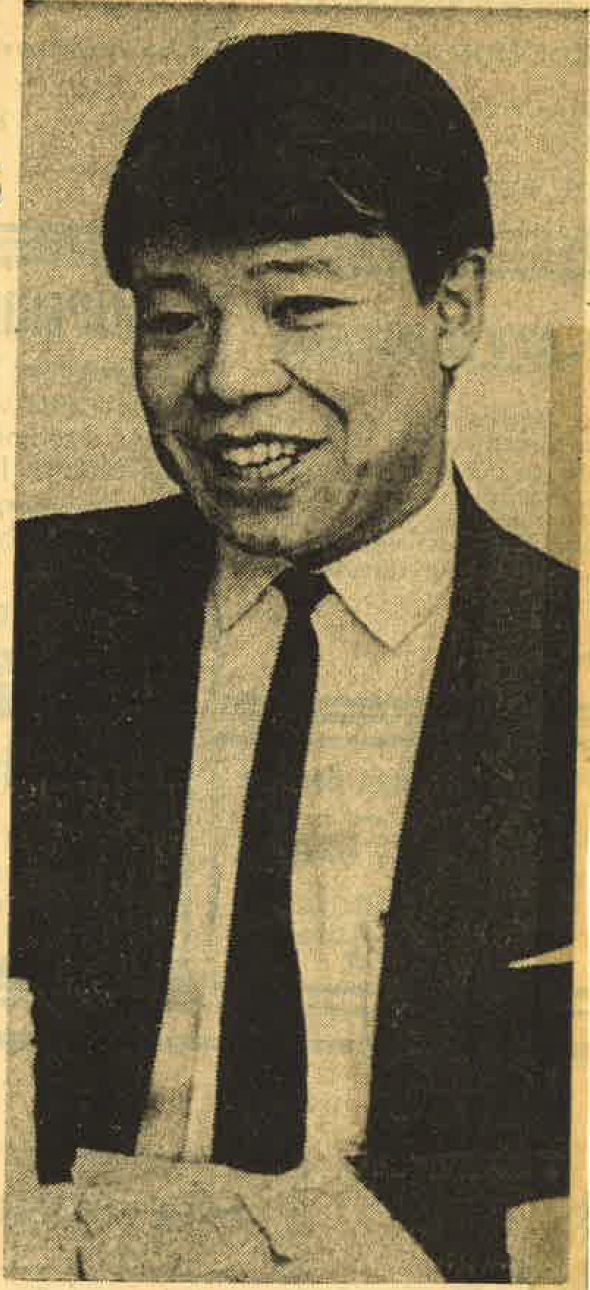Architects
Junichi Hashimoto
Born: –Living
Education/accreditation: B.Arch.,
M. Arch.,
AAA,
Biography
Completing his Bachelor’s of Architecture at the Kyoto Institute of Technology, School of Architecture, and his Master’s of Architecture at the University of Toronto, Junichi Hashimoto came to Canada in 1966 as an exchange architect from the Japanese Architects Association.
He worked as project architect for GBR Associates on various projects such as the hospital for Veterans’ Affairs, Animal Pathology Research Laboratory for Department of Agriculture, Laboratory for Fisheries of Canada. He then went on to complete urban design studies at the graduate school level at the University of Toronto in 1969. After completing his master’s degree, he pursued architecture from the broader perspective of urban design. After traveling through European countries with his family in 1973, Hashimoto met with Arthur Erickson in Toronto and was invited to join Arthur Erickson Architects in Vancouver, BC. Arthur Erickson became his mentor in architecture and ‘in humanity’ for many years to come in Canada.
Hashimoto worked as in-charge senior project architect for the B.C. Government Office Complex/Robson Square project. Hashimoto then moved to Edmonton, Alberta in 1977 to be responsible for the Law Courts Addition, Edmonton with Bell Spotowski Architects.
Hashimoto established his own practice in Edmonton in 1984. He headed the most significant housing complex project in Osaka in order to demonstrate the Canadian 2 by 4 construction method in a joint team effort between Canada and Japan. This was named the ‘2 by 4 wooden frame 3-Storey Apartment Pilot Project – Maple Court’ in 1993. The Department of Construction gave the project a Japanese Ministry Award.
Hashimoto Architects assisted the University of Alberta in its construction of the Kurimoto Japanese Garden suitable for a severe and cold climate in 1993. Later, the Ozawa Teahouse was integrated into the Kurimoto Garden in 1995.
Other examples of Hashimoto’s work includes the creating of the LEED Silver certified park facilities for the City of Edmonton Parks Department, the Amenities Building with solar heating and the A.H. Savage Building using passive solar geothermal heating and cooling.
Hashimoto retired from architecture in 2012 and is now an active watercolor painter. He is a member of the Federation of Canadian Artists, and has participated in juried group exhibitions, as well as receiving commissions.
Source: Japanese Canadian Artists Directory
Projects
Freshwater Institute, University Crescent
Ozawa Pavilion Japanese Tearoom, University of Alberta, Edmonton, Alberta
Universiade Pavilion (a.k.a. the “Butterdome”), University of Alberta, Edmonton, Alberta
Robson Square and Law Courts Addition, Vancouver, British Columbia
Animal Disease Research Lab, Ottawa, Ontario
Ste. Anne de Bellevue Veterans Hospital, Montreal, Quebec
